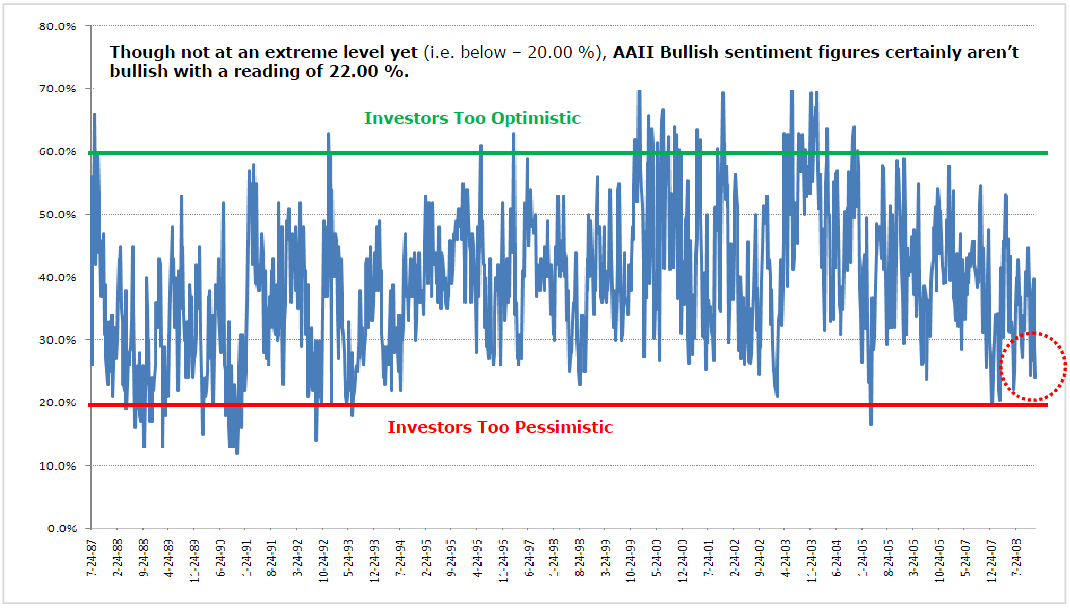AAII The American Association of Individual Investors
Post on: 17 Апрель, 2015 No Comment

by Charles Rotblut, CFA
The allure of target date funds is simple: a single fund that provides a diversified portfolio and alters its allocation as shareholders approach the date when cash withdrawals will be taken. The promise of an all-in-one solution to investing for retirement is attracting both investors and employers. Yet, behind the simple appeal are complex strategies that offer more volatility and risk than these funds are perceived to have.
A target date fund is a mutual fund or an exchange-traded fund ( ETF) designed so that its portfolio strategy evolves as a specified date nears. The date is listed in the funds namefor example, the Fidelity Freedom 2020 fund (FFFDX) is designed with a target date of 2020. An investor planning to retire in 2020, or within one or two years of that date, would consider investing in this fund.
As the target date moves closer, these funds change their composition to adjust for the level of risk the fund sponsor believes shareholders should be taking. The actual allocation and how often the allocation changes vary from fund to fund. Furthermore, at the target date, a fund can either adopt a final allocation or continue to evolve.
Target date funds are funds of funds. Instead of holding individual securities, they hold shares in other funds from within the same family. Fidelity target date funds, for instance, invest in other Fidelity funds. This allows the target date fund manager to focus on making allocation decisions instead of also having to consider what securities should be held. The downside is that an investor has no control over the funds chosen and is locked into the target funds family.
Shareholder Confusion
Any discussion of target date funds needs to start by addressing their biggest problem: Many investors dont understand them. The premise of a single fund that fulfills an investors needs is appealing, but the simplicity of the pitch veils the underlying complexity and volatility of these funds. In 2008, target date funds were criticized for incurring larger losses than investors perceived they would incur. Four years later, a study by ING found that a large number of investors still dont understand the very basics of target date funds (Target Date Funds Misunderstood, April 2012 AAII Journal; available at AAII.com). According to the study, just 44% of investors surveyed knew that a target date funds allocation is designed to automatically change over time.
Part of the problem may be that many investors simply dont read the funds prospectuses. This is unfortunate because these documents, provided by every fund family, explain how a fund is designed, its investment strategy and expenses, and other important information. Target date fund prospectuses also provide information about how the allocation is designed to change over time and what happens both at the target date and afterward.
Another problem is that allocation strategies themselves may be misunderstood. A goal of a long-term allocation strategy is to find an optimum mix of long-term return and risk. A proper allocation strategy does not avoid losses; it helps to reduce the amount of risk to a level that is appropriate for a given investment time horizon and wealth level. Since target date funds cannot be adjusted to account for the wide variances in wealth among their shareholders, these funds are managed solely on the basis of time horizon. An investor with a long time horizon can tolerate significant short-term volatility since he has several years to recoup any bear market losses. Conversely, an investor with a short time horizon does not have as much ability to recoup market losses. Thus, as a person nears retirement or becomes fully retired, his portfolios allocation should become more conservative.
Allocation Strategies
Target date funds adjust their strategies by maintaining a higher allocation to stocks for longer-dated funds and a smaller allocation to stocks for shorter-dated funds. This can most clearly be seen when comparing target date funds offered by the same fund family. Vanguards Target Retirement 2015 fund (VTXVX) has 55.8% of its portfolio allocated to stocks and 44.2% allocated to bonds. Conversely, Vanguards Target Retirement 2035 fund (VTTHX) has 86.5% of its portfolio allocated to stocks and 13.5% allocated to bonds. Both funds share the same manager, Duane Kelly. The difference is that shareholders in the 2035 fund have a longer period until retirement and therefore can financially withstand more volatility.














